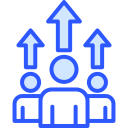Digital Skills for the Future Workforce
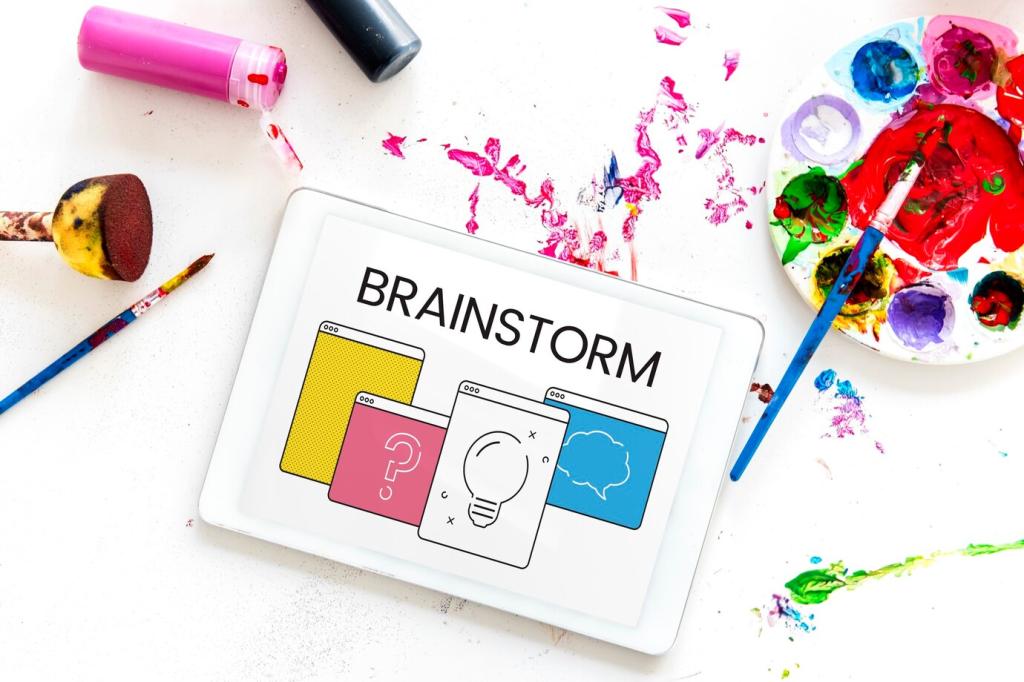
Treat change as a skill you can train. Rotate tools, tackle unfamiliar tasks, and set small learning sprints. A reader once told us switching from email to project boards felt daunting, then liberating—productivity climbed after a week of focused experimentation.

Rather than memorizing platforms, learn patterns: search, filter, automate, visualize, share. Once you grasp these patterns, switching from one analytics dashboard or collaboration suite to another becomes a smooth translation, not a stressful restart.

Map inputs, outputs, and feedback loops around your work. When you see how your data, colleagues, and timelines connect, you spot bottlenecks early and use digital tools to redesign flows, not just patch problems after they appear.
Data Literacy for Everyday Decisions
Before opening a spreadsheet, define purpose: Which decision hinges on this data? What would change if the result is higher or lower? A simple pre-brief prevents rabbit holes and keeps teams aligned on business impact rather than vanity metrics.
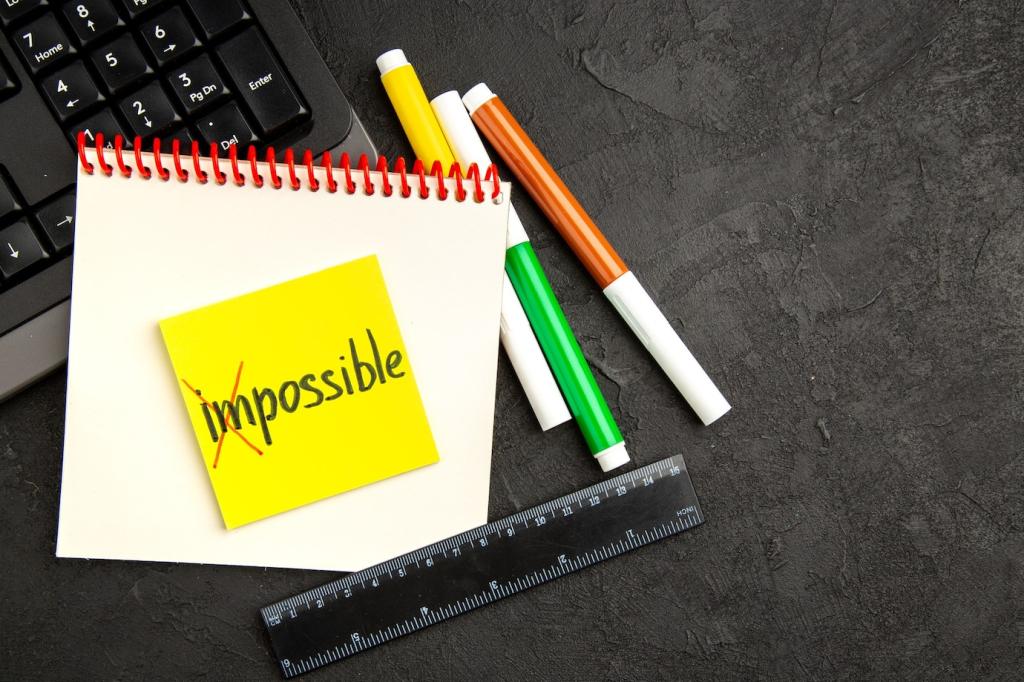
AI as a Teammate, Not a Replacement
Frame tasks with role, objective, audience, and constraints. Provide examples and ask for alternatives. A marketer in our community cut campaign ideation time in half by iterating prompts like a conversation, not a one-shot command.

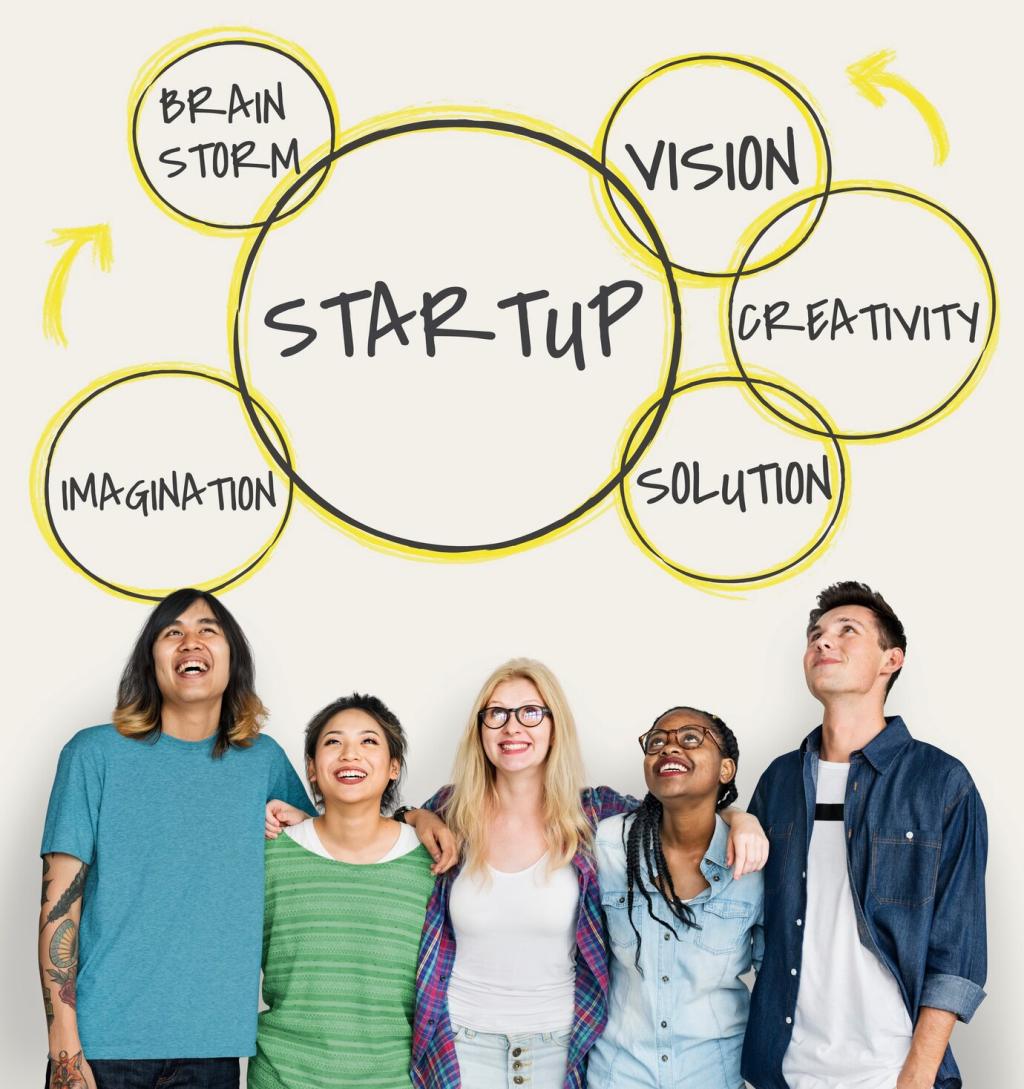
AI as a Teammate, Not a Replacement
Treat AI output as a first draft. Verify sources, test numbers, and adapt tone. Create a checklist for bias and missing perspectives. When accuracy matters, slow down—speed without scrutiny is just a faster way to be wrong.
Cyber Hygiene for Everyone
Use a password manager, enable multi-factor authentication, and update software on a schedule. A small nonprofit we know avoided a breach because MFA stopped a stolen password—one tap saved a week of recovery and reputational damage.
Cyber Hygiene for Everyone
Slow down with unexpected urgency. Verify sender domains, hover over links, and confirm requests on a separate channel. Practice with monthly team drills and celebrate catches—make safety a game, not a scolding.
Cyber Hygiene for Everyone
Collect only what you need, encrypt sensitive files, and restrict access by role. When onboarding new tools, document who sees what. Less data held means less risk carried—simplicity is sometimes the strongest security strategy.
Remote Collaboration and Digital Etiquette
Write First, Meet Later
Use clear briefs, decision logs, and async updates. Many teams discover that well-structured notes reduce meetings by half. Try a week where every meeting requires a pre-read—watch focus and outcomes improve without burnout.
Channel Choice is a Skill
Chat for quick checks, docs for decisions, boards for progress, and video for sensitive topics. Label urgency, add owners, and time-box responses. Your future self will thank you for the audit trail when priorities shift.
Inclusive Rhythms Across Time Zones
Rotate meeting times, record sessions, and share concise summaries. Celebrate wins asynchronously so no one misses recognition. Tell us how your team balances overlap hours—we’ll feature standout practices in our next edition.
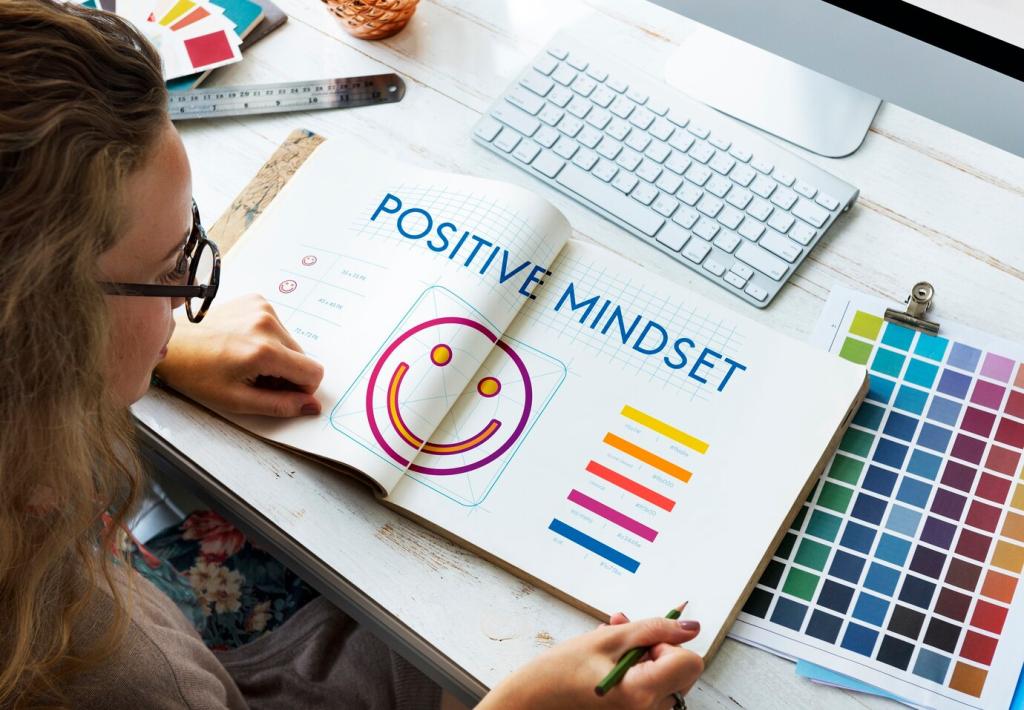

Continuous Learning and Micro-Credentials
Pick one capability per quarter, choose a course, practice on small projects, share publicly, and request feedback. A reader documented their progress weekly and landed a role after recruiters saw consistent, tangible improvement.
Continuous Learning and Micro-Credentials
Show your work: code snippets, dashboards, prototypes, or case notes. Even simple before-and-after screenshots tell a compelling story. Link artifacts to outcomes so hiring managers can picture you improving their metrics.
Ethics and Human-Centered Technology
Check datasets for representation gaps and track error rates across groups. Document trade-offs and review decisions with diverse stakeholders. Ethical diligence is not a roadblock—it is a reliability feature your users will feel.

